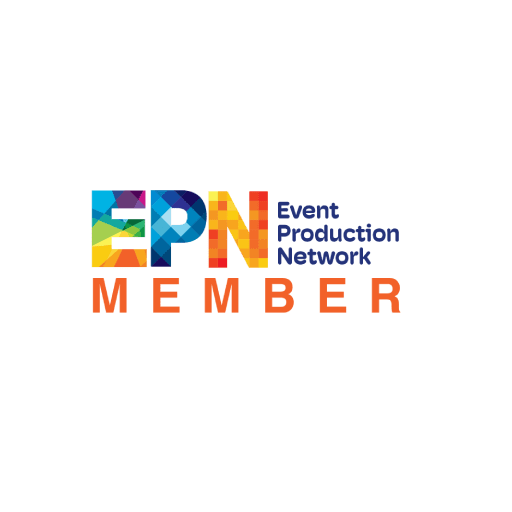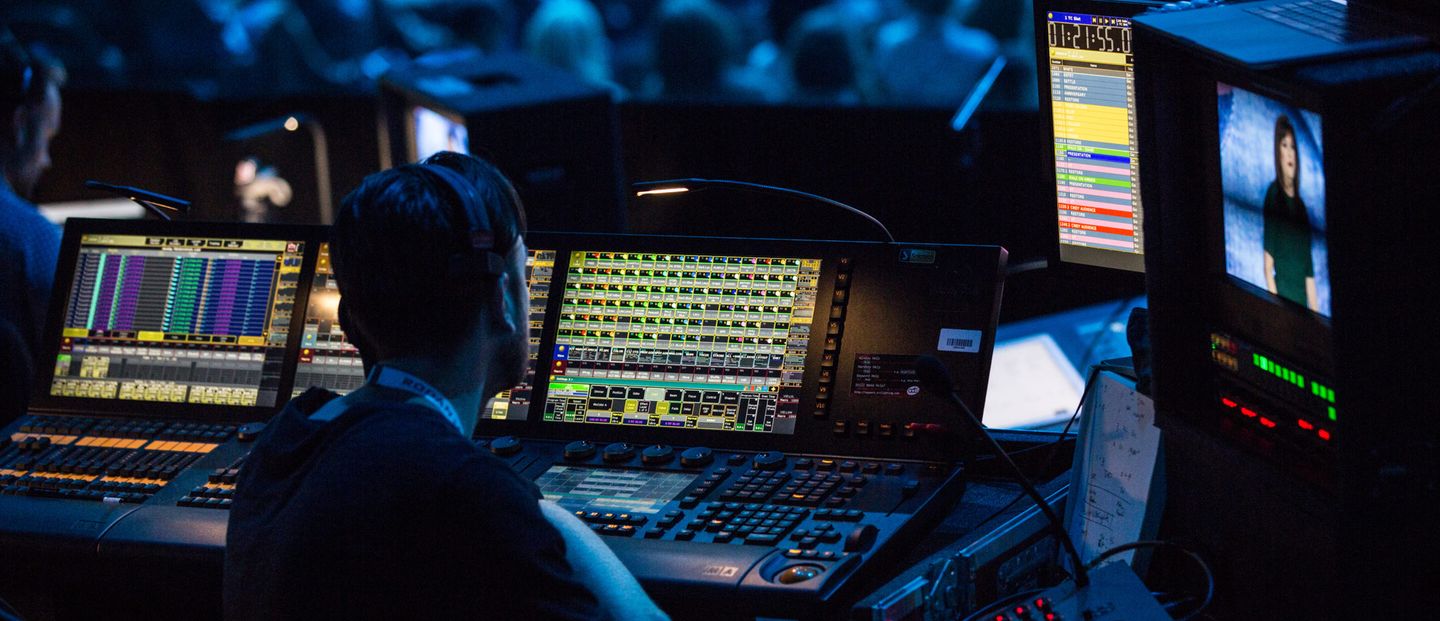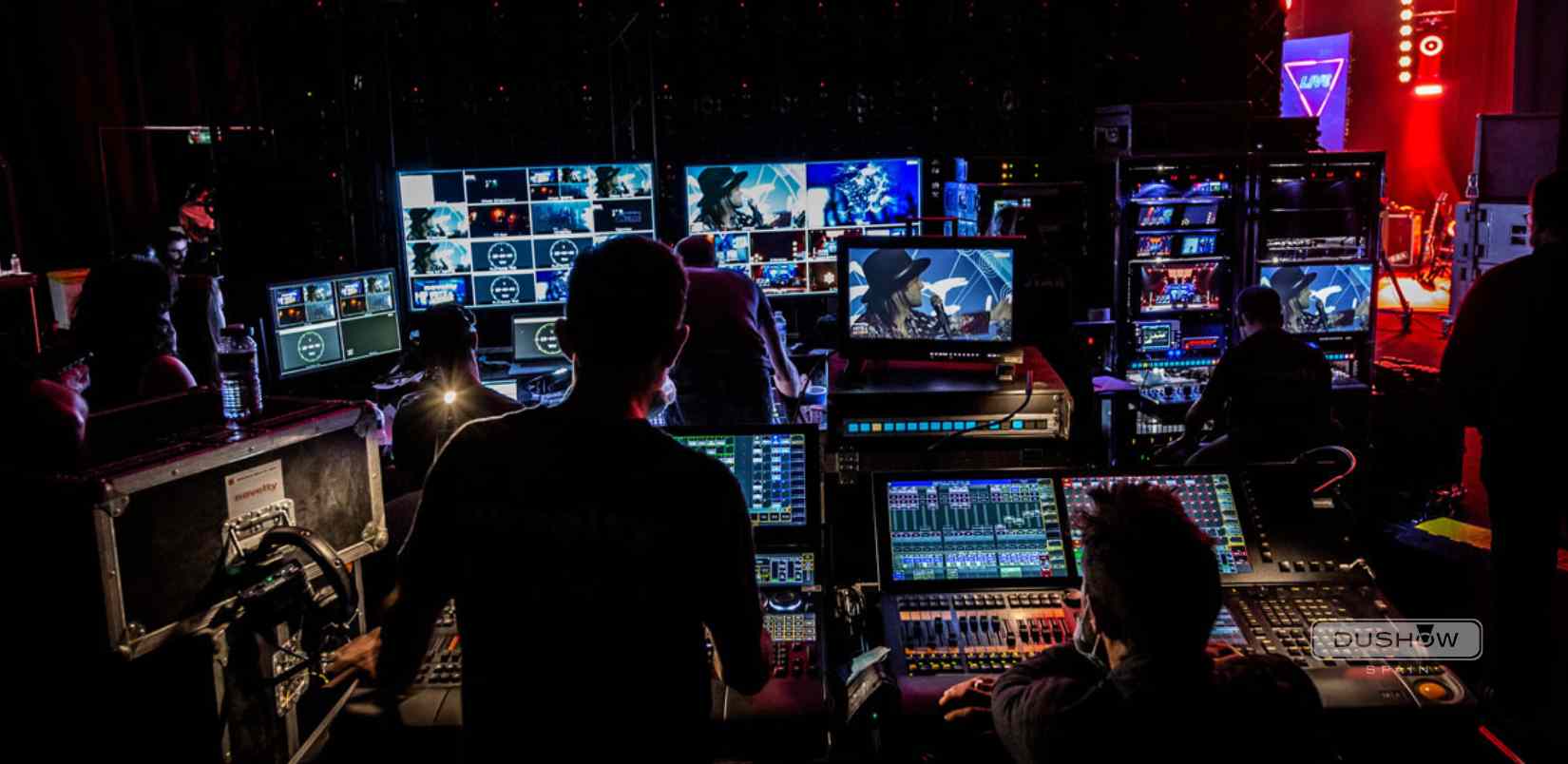How Manufacturing Companies Change Concepts Into Compelling Visuals
The procedure by which manufacturing companies change abstract principles into compelling visuals is both complex and systematic, starting with the important phases of ideation and script development. As the job progresses via pre-production, production, and post-production, each phase demands cautious interest to information and alignment of creative elements.
Understanding the Creative Refine
While the imaginative process might vary significantly from one manufacturing business to one more, it normally involves a structured strategy that balances artistic vision with sensible execution. The process starts with ideation, where concepts are conceptualized and fine-tuned. Throughout this stage, imaginative teams involve in discussions that discover motifs, stories, and aesthetic styles, ensuring that the core message aligns with the intended audience.
Complying with ideation, the advancement phase takes facility phase, where manuscripts, storyboards, and shot lists are thoroughly crafted. This phase is vital as it converts abstract concepts into tangible plans, facilitating a smoother production procedure. The innovative team collaborates very closely, making sure that every element, from casting to location scouting, mirrors the creative intent.
Once pre-production ends, the implementation phase starts, where the job is brought to life via shooting and modifying. This stage calls for a keen attention to information, as the creative vision is understood with technical proficiency and imaginative expression. Post-production better improves the visuals and noise, culminating in a refined last product that reverberates with the audience. Hence, understanding this organized creative procedure is essential for valuing how manufacturing firms transform principles into compelling visuals.

The Role of Partnership
Just how does cooperation enhance the innovative outcome of manufacturing firms? At its core, cooperation is a vital driver that promotes advancement and creative thinking within the manufacturing landscape - production companies nashville tn. By combining diverse capability, perspectives, and experiences, collaborative efforts allow teams to brainstorm and refine ideas better. This synergy not only enhances problem-solving capabilities but also leads to richer, much more nuanced storytelling.

Additionally, collaboration motivates open interaction, which is essential for browsing the intricacies of production. It grows an ambience where feedback is valued, enabling for repetitive improvements and modifications that boost the end product. Eventually, the joint spirit within production business offers to change initial ideas right into engaging visuals that astound viewers, strengthening the relevance of synergy in achieving creative quality.
Pre-Production Basics
Pre-production is a critical phase in the filmmaking process, typically incorporating 5 essential steps that prepared for a successful production. The very first action entails manuscript development, where the screenplay is refined, guaranteeing that the narrative is cohesive and compelling. check this site out This is complied with by budgeting, which establishes the monetary framework for the job, determining crucial expenses associated with cast, team, places, and devices.
The third step is casting, an important process that entails choosing the best actors to portray the characters authentically. A well-cast film can significantly boost the tale's impact. Next, place hunting is performed to locate suitable shooting websites that straighten with the vision of the task, taking into account logistical elements such as ease of access and permits.
Capturing the Vision in Manufacturing
In the vibrant atmosphere of a film collection, catching the vision in production requires thorough sychronisation and partnership among all divisions. Each team, from cinematography to art direction, plays a critical duty in equating the screenplay right into visual imagery that reverberates with audiences. The supervisor's vision need to be efficiently communicated to make certain that every shot, angle, and illumination choice straightens with the overarching narrative.
Cinematographers are entrusted with choosing camera tools and lenses that finest share the story's tone, while manufacturing designers create immersive atmospheres that enhance the aesthetic experience. Wardrobe and make-up groups contribute by forming characters via their appearance, enhancing the narrative's motifs.
Sound style and songs likewise enhance the visuals, establishing psychological context and heightening target market engagement. Daily sychronisation conferences and on-set communication networks facilitate real-time modifications, ensuring that any type of imaginative nuances are caught as they arise.
Eventually, recording the vision in production has to do why not look here with integrating these diverse aspects to develop a cohesive and compelling aesthetic story. The collaborative effort not just brings the manuscript to life but likewise lays the structure for an effective motion picture experience.
Post-Production: Refining the Final Product
Post-production plays a vital duty in improving the last item, transforming the raw footage captured during production into a refined motion picture experience (production companies nashville tn). This stage incorporates numerous essential processes, including editing, sound design, color correction, and visual effects, each contributing to the total story and psychological influence of the movie

Sound style is equally essential, involving the addition of discussion, sound impacts, and atmospheric noises that improve the seeing experience - production companies nashville tn. The mindful layering of audio components helps immerse the target market in the story world
Color improvement further boosts visual appeal, adjusting tones and contrasts to create a natural visual that aligns with the movie's state of mind. This step makes sure that each frame resonates psychologically with viewers.
Final Thought
To conclude, the transformation of ideas right into engaging visuals necessitates a structured and collective strategy within production companies. By prioritizing interaction and control throughout the creative process-- from ideation and pre-production to production and post-production-- these business effectively straighten numerous artistic elements with the narrative. This precise method not just boosts narration but also mesmerizes audiences, eventually leading to immersive and appealing motion picture experiences that reverberate deeply with visitors.